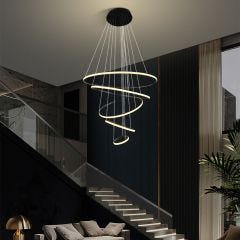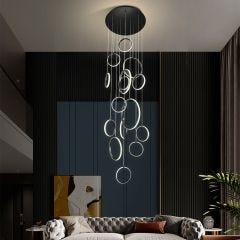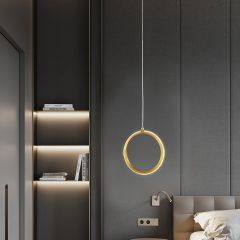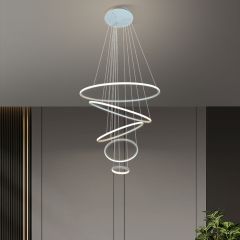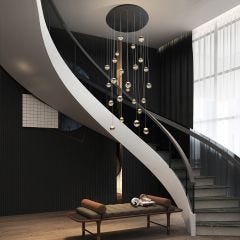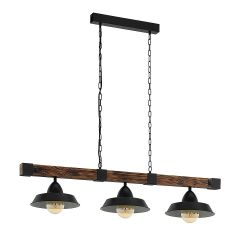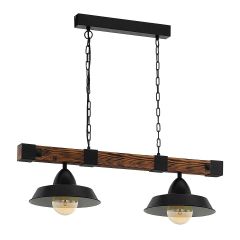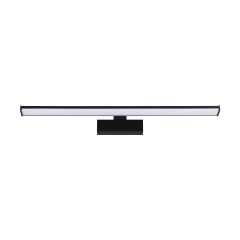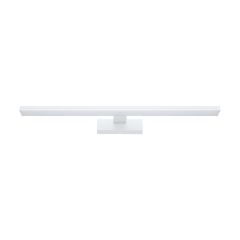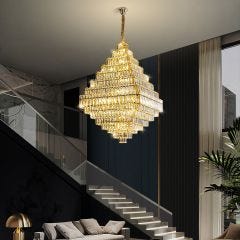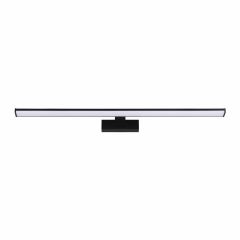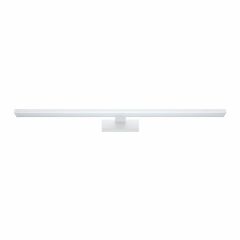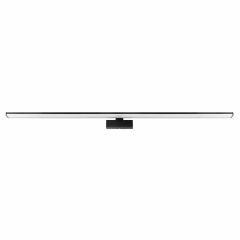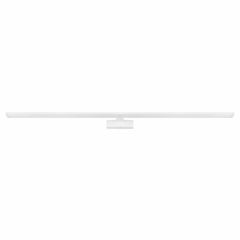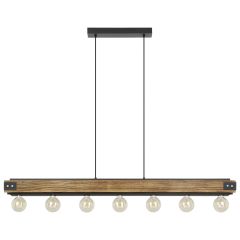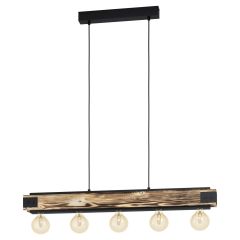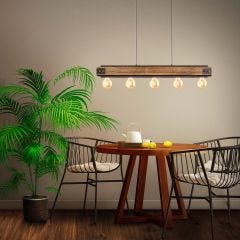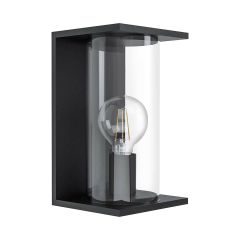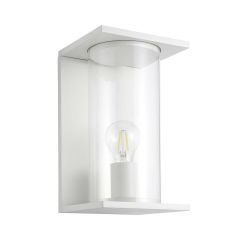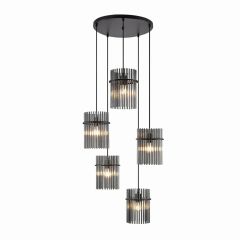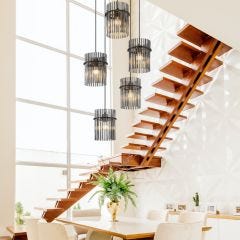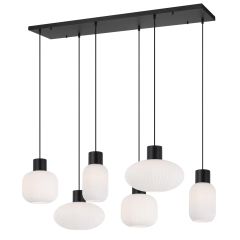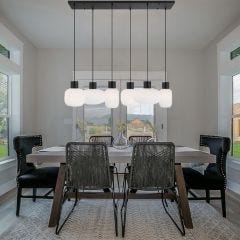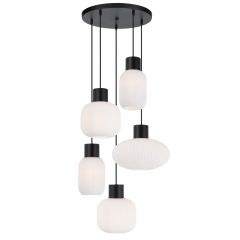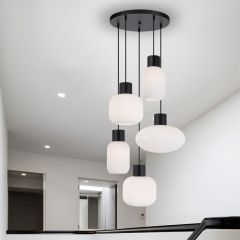Before you start choosing lighting fixtures, it's important to understand the different types of lighting and their functions.
There are three main types of lighting:-
Ambient Lighting: Also known as general lighting, this type of lighting provides overall illumination to a space. It typically serves as the primary source of light in a room, ensuring sufficient brightness for daily activities.
Task Lighting: Task lighting is used to illuminate specific areas or tasks, such as reading, cooking, or working at a desk. It emits brighter illumination than ambient lighting, effectively highlighting specific areas or objects.
Accent Lighting: Accent lighting is employed to create a focal point or accentuate specific features, such as a piece of artwork, a plant, or a sculpture. It adds visual interest to a space and is usually the most dramatic type of lighting.
Now let's take a look at some of the most common types of lighting fixtures and their functions:-
Pendant Lights: These lights hang from the ceiling by a cord, chain, or rod. They come in a variety of styles, sizes, and materials and can be used for ambient, task, or accent lighting depending on the design and placement.
Lamps: Table lamps, floor lamps, and desk lamps are examples of lamps used for task lighting. They come in various styles and provide both functional lighting and visual interest to a space.
LED Downlights: These are recessed lights installed in the ceiling to provide ambient lighting. They are often used in modern or minimalist spaces and are a suitable choice for rooms with low ceilings.
Outdoor Lighting: Outdoor lighting serves purposes such as safety, security, and aesthetics. Examples include landscape lighting, security lights, and pathway lighting.
Ceiling Lights: These lights are mounted to the ceiling and provide ambient lighting. They come in various styles and sizes, including chandeliers, flush mounts, and semi-flush mounts.
Wall Lights: Wall lights are mounted to the wall and offer ambient, task, or accent lighting depending on the design and placement. They come in a variety of styles, adding both functionality and visual interest to a space.
Spotlights: Spotlights are used to highlight specific areas or objects and generally emit brighter illumination than ambient lighting. They can be used for both task and accent lighting.
Track Lights: These lights are mounted on a track and can be adjusted to direct light where needed. They are typically used for task or accent lighting and are suitable for rooms with high ceilings.
Bathroom Lighting: Bathroom lighting usually combines ambient and task lighting. Examples include vanity lights, overhead lights, and shower lights.
Solar Lights: Solar lights are outdoor lights powered by solar panels. They are an eco-conscious choice and can be used for safety, security, or aesthetic purposes.
Smart Lighting: Smart lighting can be controlled by a smartphone, tablet, or voice assistant. It allows homeowners to automate their lighting and create a personalized lighting experience.
LED Strip Lighting: LED strip lighting is a flexible, adhesive-backed tape used for task or accent lighting. It is commonly used for under-cabinet lighting, cove lighting, or backlighting.
Commercial Lighting: Commercial lighting is designed for businesses, offices, and other commercial spaces. Examples include track lighting, pendant lights, and LED panel lights.









